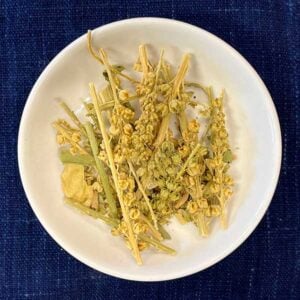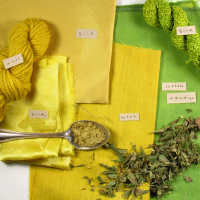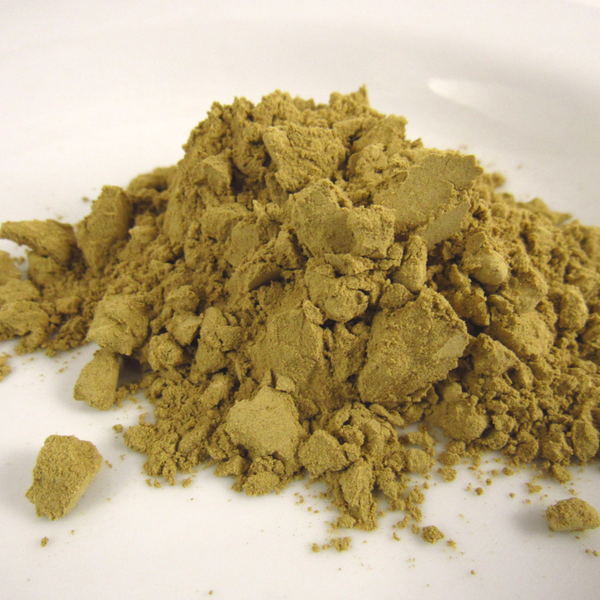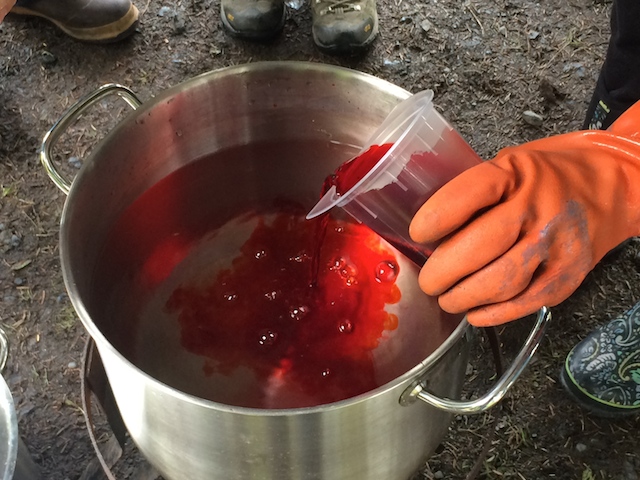This week on FEEDBACK FRIDAY: When overdyeing indigo with weld, mordanting before or after?
You Asked, Kathy Answered: What IS Calcium Carbonate?
YOU ASKED: May I ask what you mean by calcium carbonate? I read in your description of “calcium carbonate” you compare it to chalk. This confuses me because chalk is caso4•(H2O) while calcium carbonate is caco3. KATHY ANSWERED: What we call “chalk” in the US is Calcium Carbonate – CaC03, a powdery white material. The formula that you reference is Calcium Sulfate and it may also be called “chalk” but in the US, we commonly refer to it as “gypsum”. Calcium carbonate is used to mark soccer fields, as a dietary calcium supplement, an ingredient in antacids, and building materials! … Read more










 This week: How do you know when to scour and when dyeing fleece, how can you get a deep green?
This week: How do you know when to scour and when dyeing fleece, how can you get a deep green?
